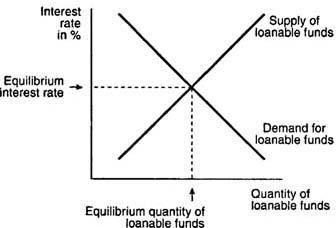When QE is carried out, the Federal Reserve prints money and buy government bonds in an effort to pour extra money into the economy. This causes financial institutions for instance banks to lowered their cost of borrowing. Why do these institutions decide to lowered down their interested rate just because they gain more money from the FED? From my reading, when the FED bought bonds, the price of the bonds become higher and the yield become less. How bonds yield and its price affect the interest rates of banks is what I don't understand?
1 Answer
Put it simply, the interest rate depends on the forces of demand and supply of money. When the Fed buy bond, it increases the money supply into the economy. To induce the people to borrow more money bank reduces their own interest rate, otherwise, people won't have any incentives to borrow more. The interest rate is reduce to such level again equilibrium is reached in the market ( or demand gets equal to the supply).
Further, increase liquidity in the market also reduces the cost of borrowing money in the money market. A good example is LIBOR (London Interbank Offered Rate). It not only reduces bank own borrowing cost but many loans and contracts are directly tied to LIBOR. Any change in LIBOR has direct impact on the trillions of contract tied to it.
Similar to opposite happen when Fed reduces the money supply via selling bonds.


M1&&M2are usually tracked by investors. You'd better have a look at [research.stlouisfed.org/fred2/series/M1SL] or [research.stlouisfed.org/fred2/series/M2SL] and check how the slope gets steeper since2008. nice counter-argument :), isn't it? $\endgroup$